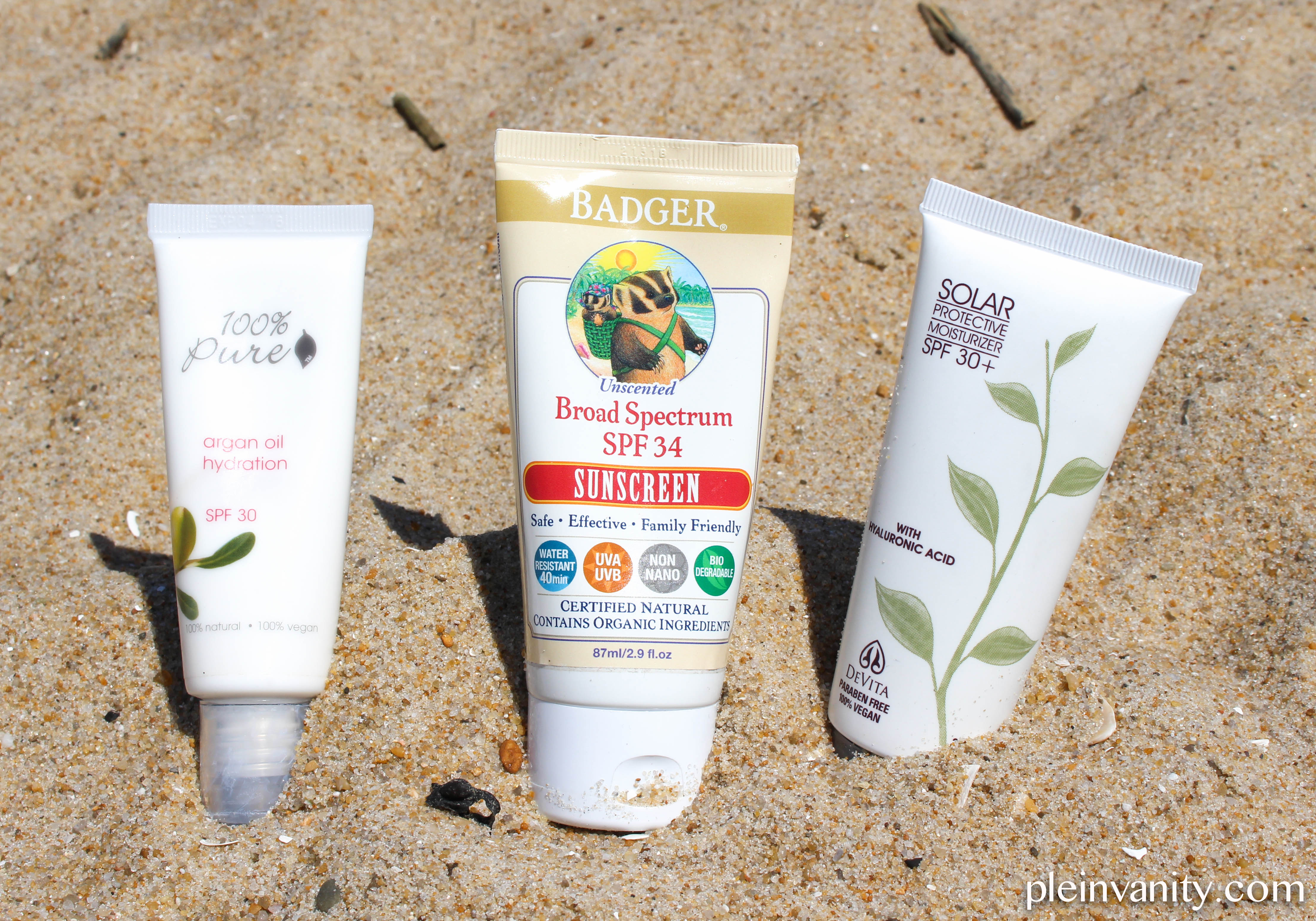Yesterday, the Food and Drug Administration finally introduced standards on labeling products regulated by the FDA with the term “gluten-free”. This long-awaited standard on gluten-free labeling has been augmented by the increase of individuals diagnosed with celiac disease. With nearly 3 million Americans suffering from celiac disease, a disease where individuals cannot process gluten, which is found in wheat, barley and rye, this seems to be an important regulatory milestone.
The published FDA guidelines define food and drugs with less than 20 parts per million of gluten as “gluten-free” and thus provides manufacturers with a specific standard to follow in regards to labeling products. Here are the specific details which allow a product to be labeled as gluten-free by the FDA definition (as posted on the FDA website):
- an ingredient that is any type of wheat, rye, barley, or crossbreeds of these grains
- an ingredient derived from these grains and that has not been processed to remove gluten
- an ingredient derived from these grains and that has been processed to remove gluten, if it results in the food containing 20 or more parts per million (ppm) gluten
The new FDA standard for gluten-free labeling poses many interesting outcomes for both consumers and manufacturers. Many gluten-free advocates have applauded the FDA in their release of the labeling guidelines as there will now be a greater reassurance among the gluten-free community when purchasing food and drugs. It is also reassuring for food manufacturers to actually have a standard to use and to produce products reflecting upon a specific definition.
However, like other FDA standard guidelines, such as labeling products as organic or cruelty free, there are still many loose ends where manufacturers can misbrand their products and use the “gluten-free” labeling standard to their advantage disregarding a consumer’s health. For example, the FDA even declared that water, fruit, eggs or vegetables may be labeled “gluten-free” because they do not specifically contain any gluten. Hmm…
The new standard on gluten-free labeling applies only to voluntary labeled products regulated by the FDA and manufacturers will have one year after the rule goes into effect to comply with the new definitions.
What is your opinion on the new FDA ruling?
Sources (click for links): NPR, Food Safety News, FDA News, USA Today
Images: WikiMedia Commons Images and glup.




